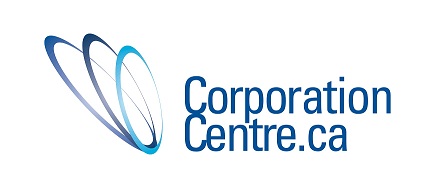Large organizations, including corporations,
academic institutions, and government agencies, have recruited focus groups for
decades to help them gain insight into the wants, needs, and behaviour of the
public. For businesses, it’s useful to ascertain what current and potential
customers and clients are looking for, and the focus group can be a
cost-effective and highly revelatory source of information.
Consider the following points when you’re
planning to recruit focus groups, so that you can separate the signal from the
noise and ultimately derive useful data from the sessions.
The
overall composition of the groups should accurately reflect your target
demographic.
While this principle seems like common sense,
its importance is difficult to overstate. A series of focus groups whose
composition substantially differs from that of the target demographic won’t
necessarily yield helpful data.
 What age are your prospective clients or
customers? Gender? Marital circumstances? Ethnicity, or mix of ethnicities?
What language(s) do they speak? Where and in what circumstances do they live?
What age are your prospective clients or
customers? Gender? Marital circumstances? Ethnicity, or mix of ethnicities?
What language(s) do they speak? Where and in what circumstances do they live?
The better you can form a mental picture of your
customer/client base before you begin recruitment, the more informative your
focus group sessions are likely to be.
Stay on
track.
One the of purposes of a focus group is to
enable participants to share their own thoughts and feelings in an open,
accepting environment, and in relative spontaneity. But whenever you gather
strangers or acquaintances together and encourage them to converse
spontaneously, the discussion is likely to wander off topic. This is where the
skill set of a competent moderator becomes essential.
Attributes you should look for in a moderator
include patience, firmness, articulacy, strong organization skills, the ability
to appear neutral and impartial over the course of the discussion, and ideally
some credible previous experience in the field. A moderator will also
occasionally need to call on participants who haven’t said anything in a while,
to encourage their input.
Would
Goldilocks approve of the size of your group?
A focus group that is too small will tend to be
stilted and fail to generate rich discussion. On the other hand, when the group
is overly large, it will tend to segment into several smaller cliques, or a
core group will form that excludes participants on the periphery.
Ideally, the scale of your group should be six
to 10—not too big, not too small, but just the right size to facilitate an
inclusive, respectful, productive exchange of ideas.
Ask the
right questions.
To design effective questions for a focus group,
you must begin by posing one to yourself: What exactly do you want to know?
Until you can narrow down what you’re looking for, you’ll find it difficult to
design questions that are specific enough to meet your needs.
You’ll also want to limit the number of
questions to a manageable level. A good rule of thumb is that the number of
questions (except for clarifying queries that the moderator may inject once in
a while) should be roughly equal to the number of participants.
One of the main advantages of a focus group over
a survey is the opportunity for participants to modify their views during the
discussion. It’s common for a focus group participant to end the session with
an opinion significantly different from the one s/he started with.
Conduct
at least three or four unique group sessions.
This is likely the minimum you’ll require in
order to generate valid, applicable results.
Each session should last anywhere from 45 to 90
minutes. Beyond that point, group productivity tends to stall, and you’ll
probably have covered all of your questions anyway.
You’ll
know when you’ve reached the “saturation point”.
When new focus group sessions aren’t generating
many new ideas, you’ve probably retrieved about as much data as you can
reasonably expect from the focus group endeavour. It’s time to wrap up and
analyze what you’ve collected.
